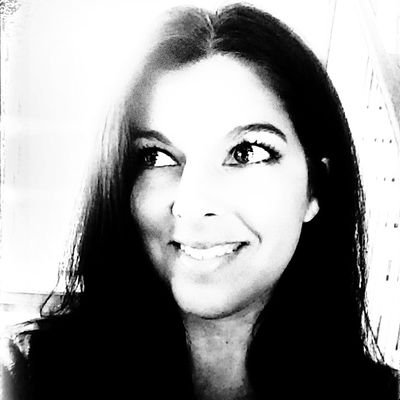Blended LearningHave you ever understood one of our educational "buzz words" to mean something completely different than one of your coworkers? This happens all the time, especially when we mention Blended or Personalized Learning. Some people think of them as the same thing. They can be used together, but they are not the same. So, how are they different? How can they be used together to enhance our classrooms today? If someone asks me about Blended Learning, I always share the Blended Learning Universe site. They describe 7 models "in action" as well as some videos and visuals to help you understand what they look like. Below are the definitions of each of the models from the Blended Learning Universe site, make sure to check it our for more details! 7 Models of Blended Learning Blended Learning Universe Blended Learning Universe 1. Station Rotation: allows students to rotate through stations on a fixed schedule, where at least one of the stations is an online learning station. This model is most common in elementary schools because teachers are already familiar rotating in “centers” or stations. 2. Lab Rotation: like a Station Rotation, allows students to rotate through stations on a fixed schedule. However, in this case, online learning occurs in a dedicated computer lab. This model allows for flexible scheduling arrangements with teachers and other paraprofessionals, and enables schools to make use of existing computer labs. 3: Individual Rotation: allows students to rotate through stations, but on individual schedules set by a teacher or software algorithm. Unlike other rotation models, students do not necessarily rotate to every station; they rotate only to the activities scheduled on their playlists. 4: Flipped Classroom: flips the traditional relationship between class time and homework. Students learn at home via online coursework and lectures, and teachers use class time for teacher-guided practice or projects. This model enables teachers to use class time for more than delivering traditional lectures. 5: Flex: lets students move on fluid schedules among learning activities according to their needs. Online learning is the backbone of student learning in a Flex model. Teachers provide support and instruction on a flexible, as-needed basis while students work through course curriculum and content. This model can give students a high degree of control over their learning. 6: A la Carte: enables students to take an online course with an online teacher of record _in addition_ to other face-to-face courses, which often provides students with more flexibility over their schedules. A La Carte courses can be a great option when schools can’t provide particular learning opportunities, such as an Advanced Placement or elective course, making it one of the more popular models in blended high schools. 7: Enriched Virtual: is an alternative to full-time online school that allows students to complete the majority of coursework online at home or outside of school, but attend school for required face-to-face learning sessions with a teacher. Unlike the Flipped Classroom, Enriched Virtual programs usually don’t require daily school attendance; some programs may only require twice-weekly attendance, for example.
5 Comments
 Click the image for Kasey's post! Click the image for Kasey's post!
I was so excited to have the opportunity to talk to Kasey Bell for this interview! She's been my go-to resource for years now!
I started listening to the Google Teacher Tribe as soon as it began over 2 years ago, so I feel like I talk to her every week. Last summer, I participated in the Shake Up Learning Google Certified Trainer course through Teachable, so I watched Kasey's videos and learned from her all summer long. Really, by the time we spoke for this interview, I felt like I was catching up with an old friend! So, I got to geek out for a little bit with this #edurockstar and share my love of all things Google. We also got to chat about our first in-person meeting at FETC in January! I'm #superexcited! There's still time to join us at FETC (I'm presenting too), click here to register with a discount using promo code HUBLER19. Want to become a Google Certified Trainer too?
If becoming Google Certified Trainer is one of your professional goals for the future, I highly recommend taking Kasey's course! It will give you everything you need to know and more!
Click here to join the wait list, it opens November 20th! If you have any questions, feel free to contact me on Twitter @specialtechie (for the fastest response) or leave a comment. As always, thanks for reading! ~Pam |
AuthorI'm an Innovative Learning Coordinator in Berkeley County South Carolina and a Google Certified Trainer. Archives
April 2024
Short Cuts
All
|

 RSS Feed
RSS Feed